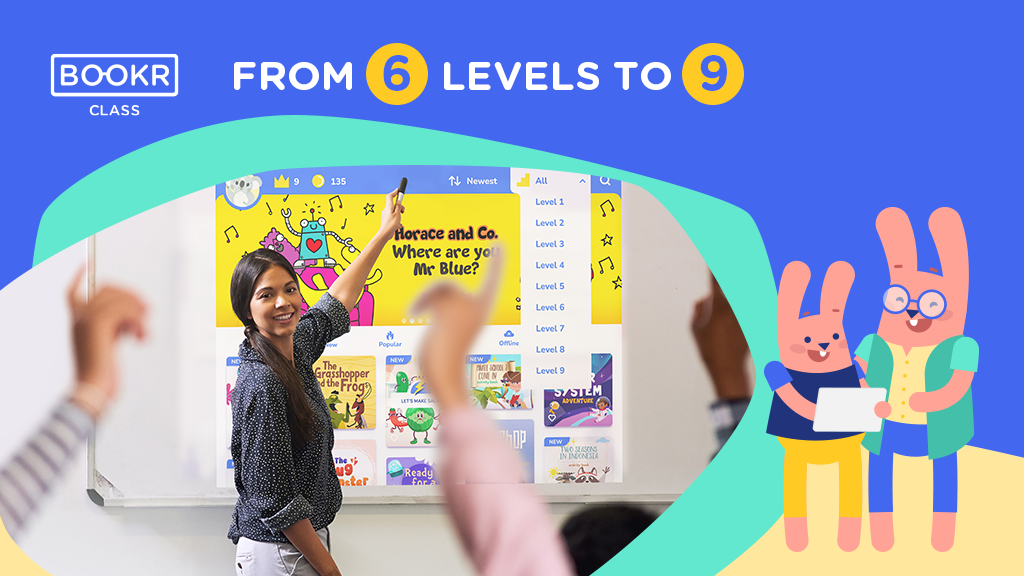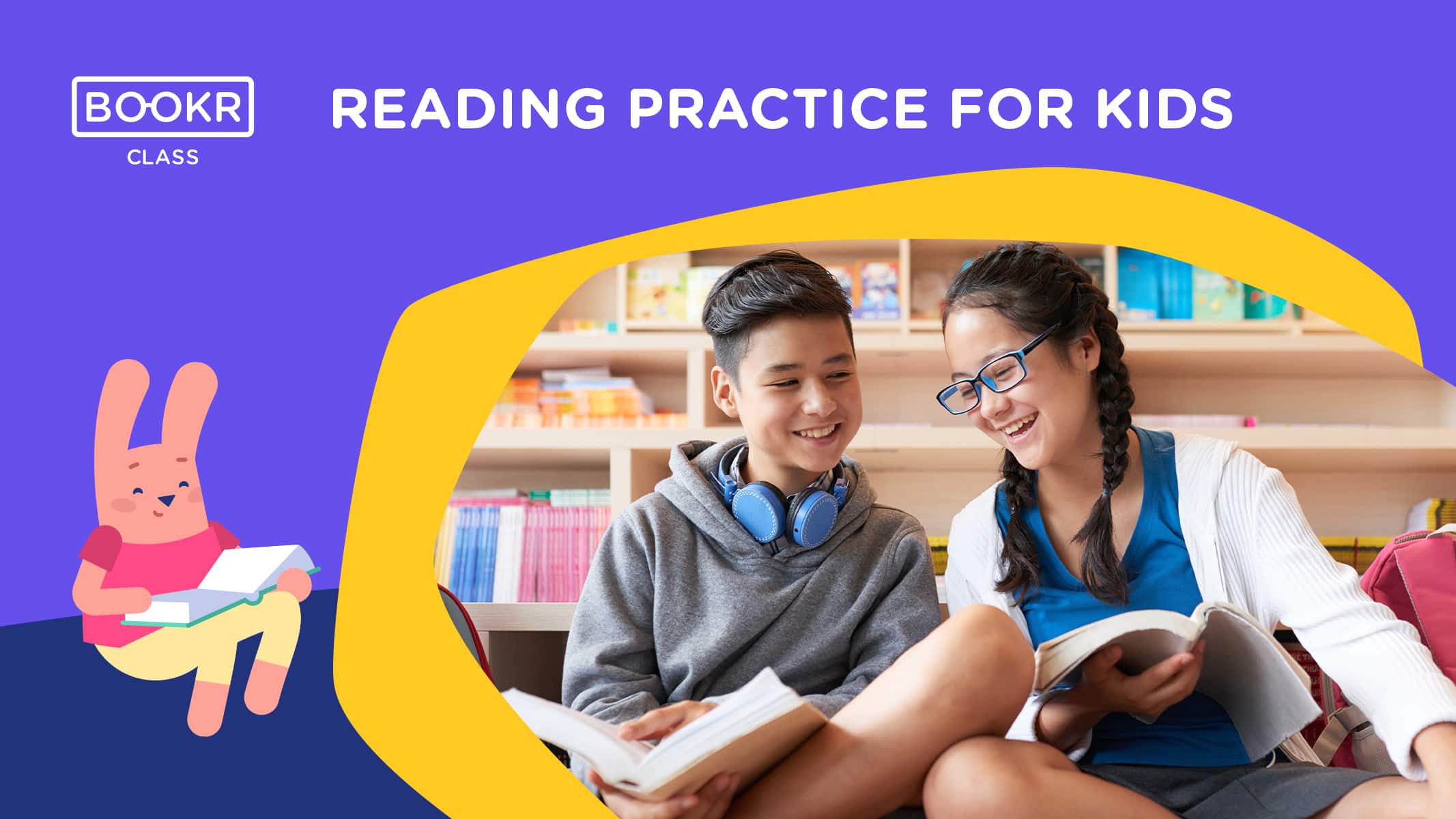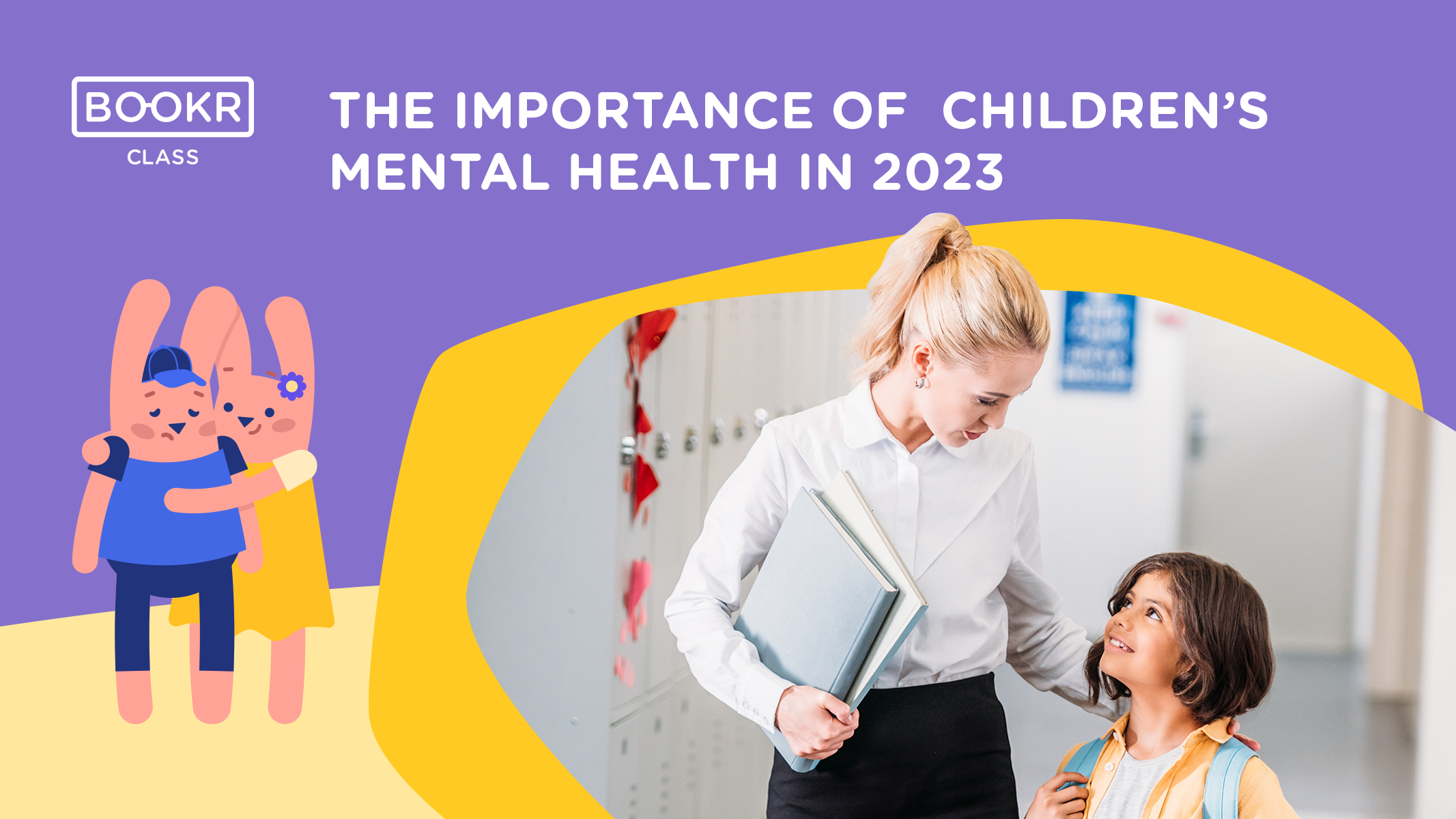The Importance of Storytelling: Key Insights for 21st Century Education
Stories have always been present in every culture in our world. They have entertained us, provided information and, last but not least, taught us about the world and ourselves.
So why would we forget about the power and value of storytelling? And why would we neglect the importance of storytelling in formal education in the 21st century?
BOOKR Class would like to suggest reasons why we should never overlook the benefits of storytelling in education and why new storytelling tools have become increasingly popular.
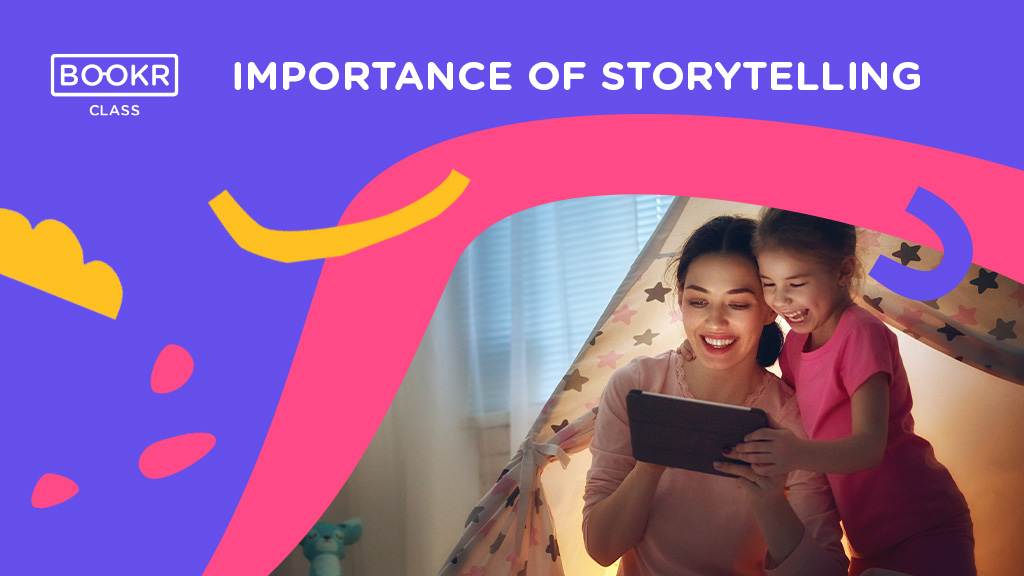
Table of content
What is the importance of storytelling in teaching?
Despite the fact that we associate the benefits of storytelling in education with reading in the first language, it can provide equally exciting opportunities in second language learning.
In the realm of language education, storytelling acts as a bridge between the mechanics of grammar and vocabulary and the practical application of language skills.
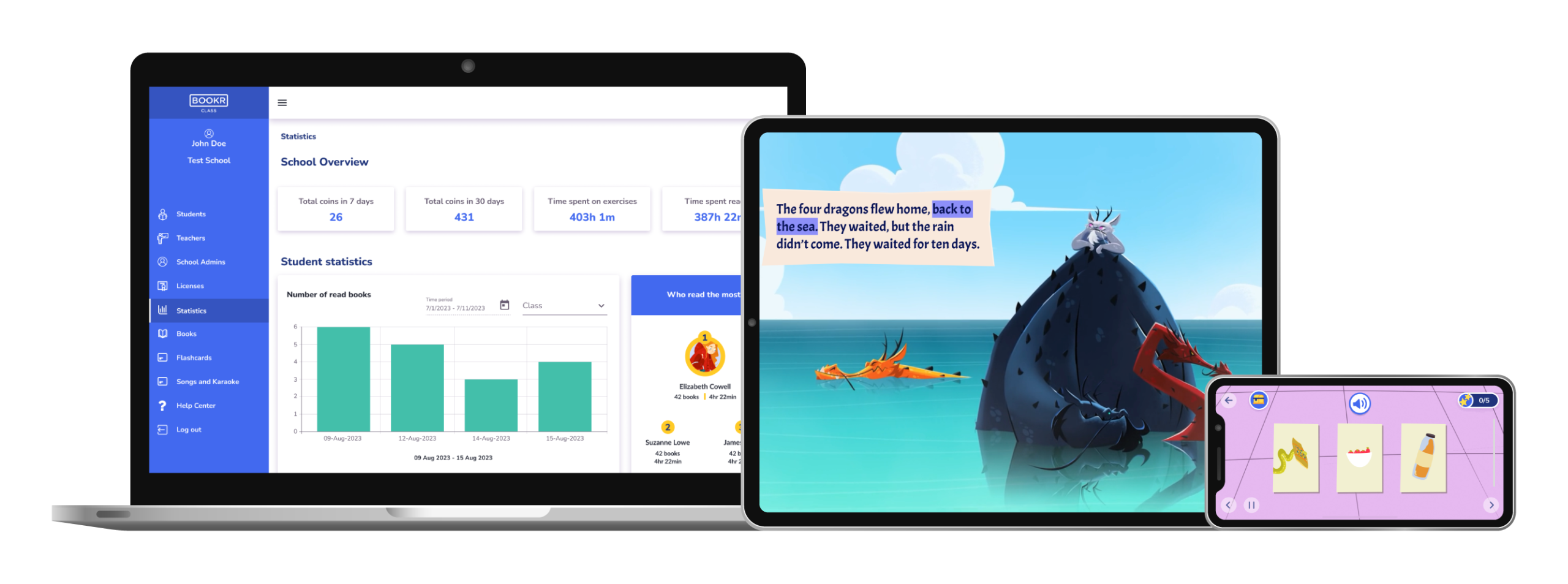
As students immerse themselves in narratives, they not only encounter new words, expressions, and sentence structures but also witness their contextual usage.
This contextual learning aids in a deeper understanding of the language, allowing learners to grasp nuances and subtleties that might otherwise elude them.
Furthermore, storytelling fosters a sense of cultural immersion, which is particularly crucial in second language acquisition. By exposing students to stories from various cultures and backgrounds, educators can instill cultural awareness and empathy, nurturing well-rounded, culturally competent individuals.
Storytelling doesn’t just teach language; it imparts a sense of the world and its diverse narratives, making it an invaluable tool in modern education.
Through the captivating power of storytelling, educators can empower students to not only master a new language but also develop a more profound appreciation for the rich tapestry of human experiences and perspectives across the globe.
In this way, storytelling transcends linguistic boundaries and becomes a powerful vehicle for cross-cultural understanding and personal growth.
Benefits of storytelling
Storytelling transcends the boundaries of language and culture, offering a multitude of advantages in education. Beyond language acquisition, it cultivates creativity, critical thinking, and emotional intelligence.
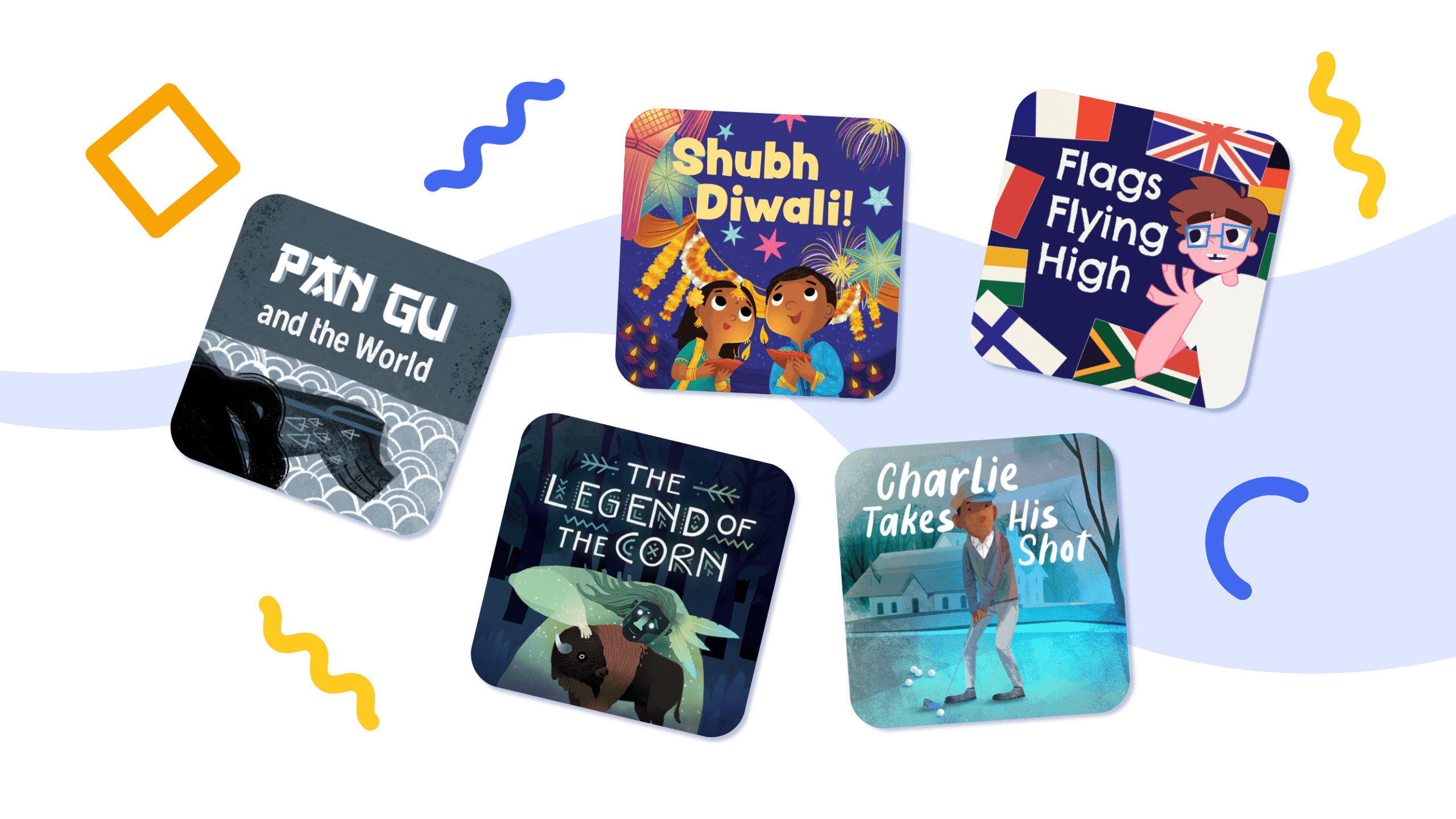
Stories engage students on multiple levels, enhancing their comprehension and retention of knowledge while fostering a deep connection with the subject matter. This versatile tool not only enriches language skills but also opens doors to a broader, more interconnected world of learning and understanding.
Provides authentic input
First of all, it provides authentic input with a great variety of linguistic elements, such as grammatical structures and vocabulary items.
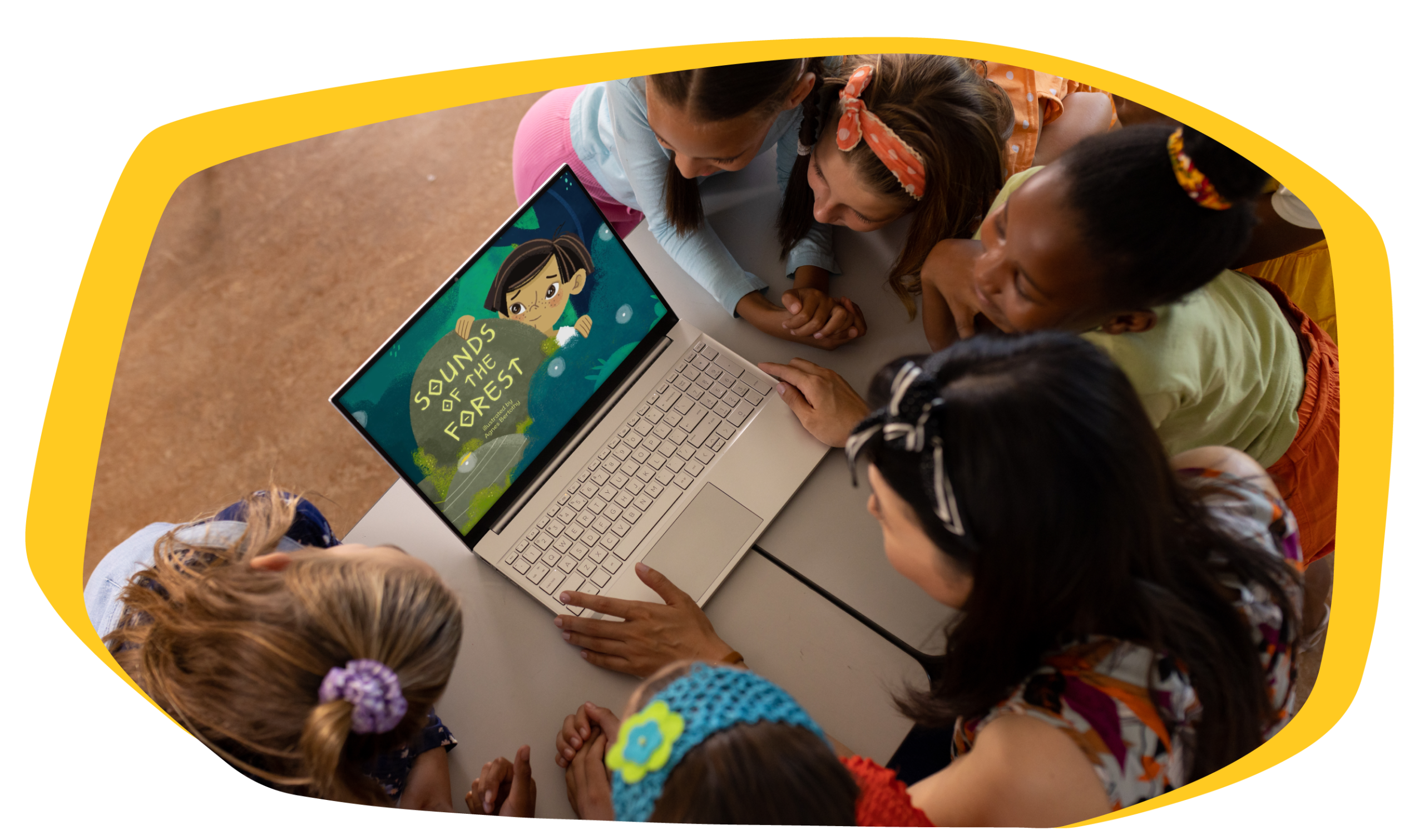
One might doubt this variety in graded readers, but these elements are just as diverse for language learners, as an original story is for a native speaker child. Therefore we can call the input authentic.
Facilitates language acquisition and improves reading comprehension
Secondly, a story, fictional or non-fictional, enables the reader to make sense of the language items in context.
For example new words, expressions or even grammatical structures and verb tenses.
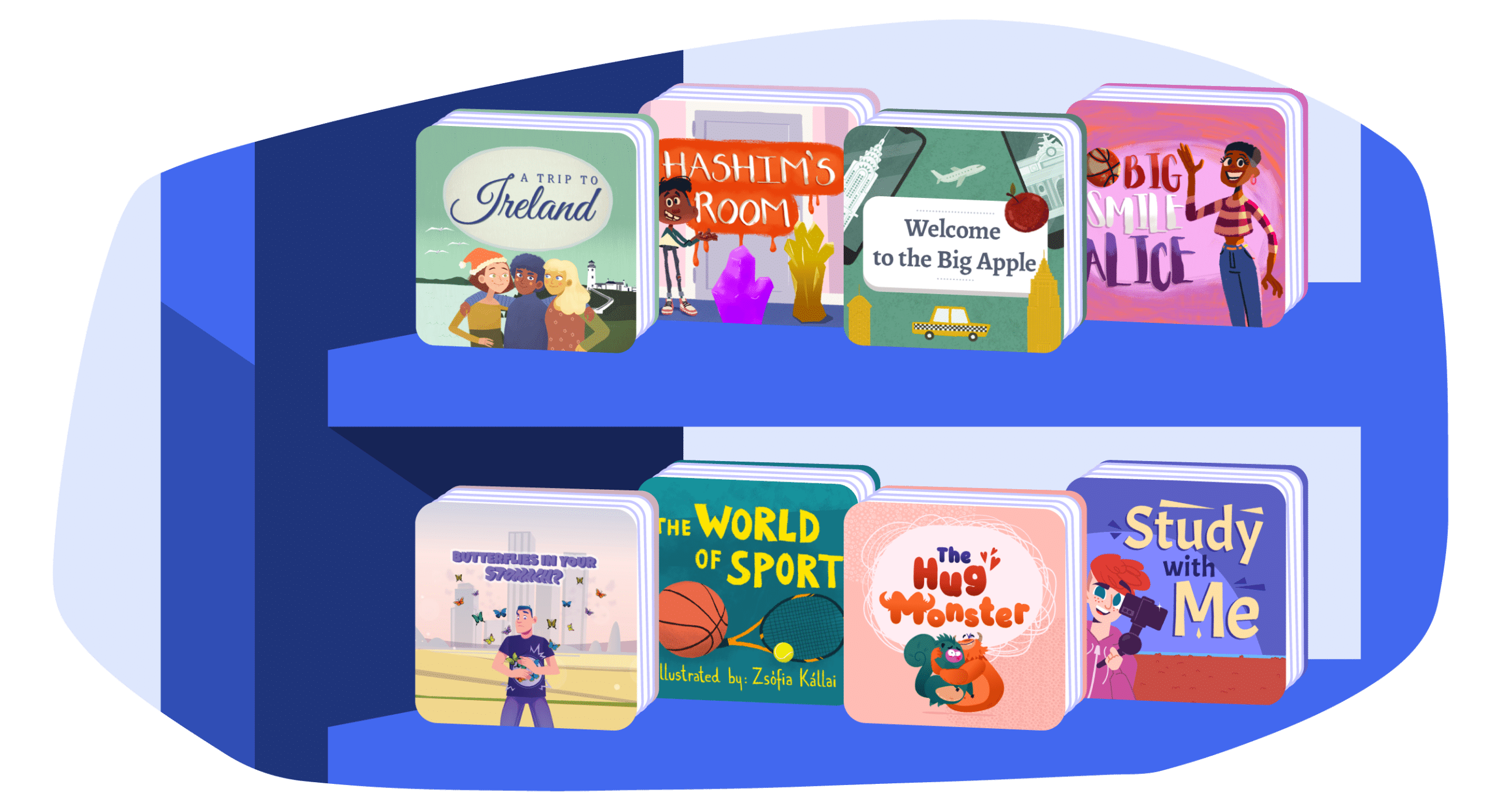
The reappearance of these language items in different sentences or situations enables encoding and memorisation.
Therefore, reading in a foreign language facilitates language acquisition at all levels. Understanding and interpreting the text and the linguistic items improves reading comprehension, too.
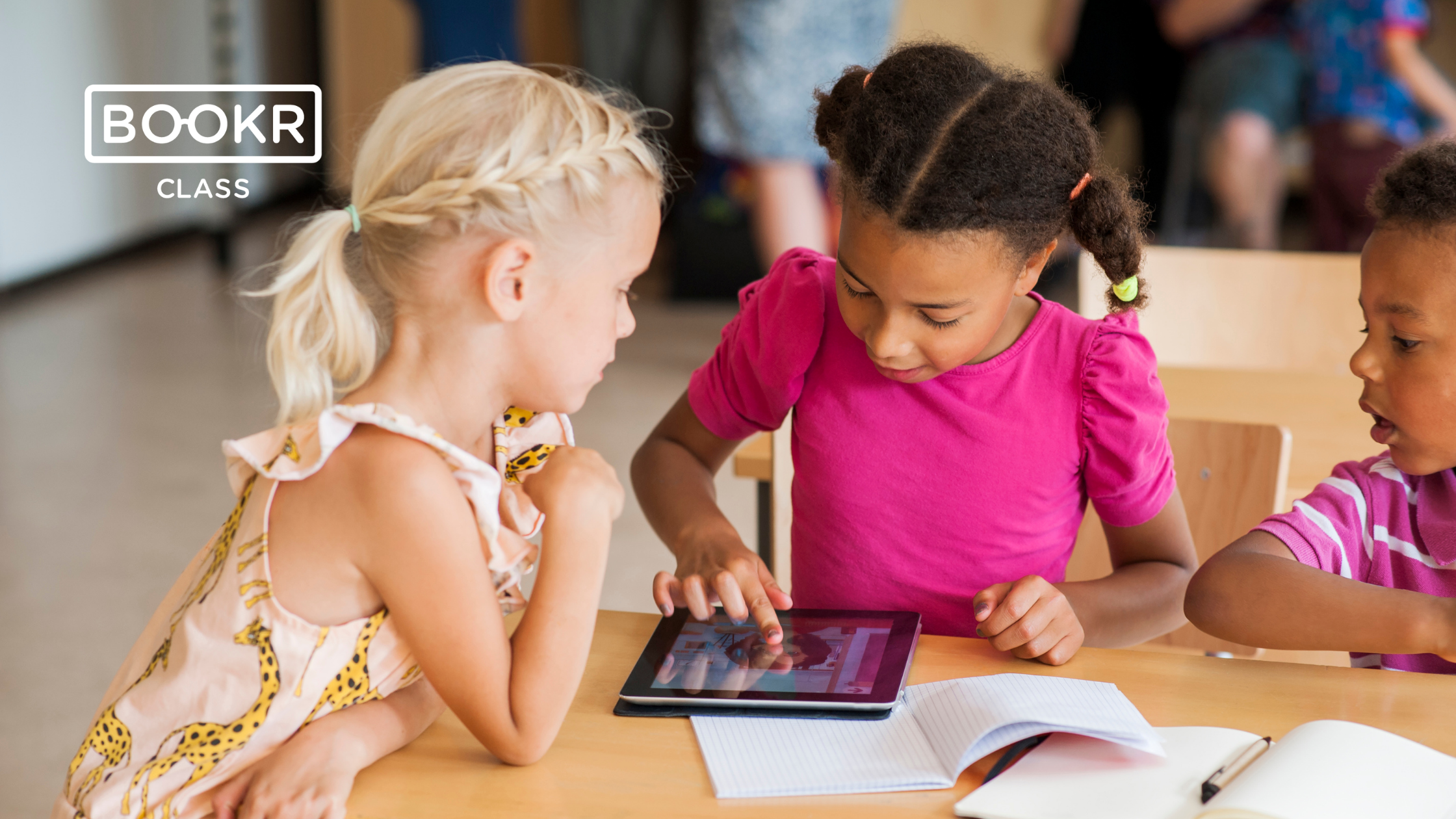
How to improve reading comprehension?
Recommend books that your students can read for fun, include stories in your lessons or invent a project or reading challenge.
Read our article and tips on How to make reading a habit.
Check out the Teacher’s Handbook of various graded readers and the Activity Tips in the Teacher’s Dashboard.
One story can be used in a variety of ways in class depending on the teacher
What is the role of storytelling in a language class?
Learning English through storybooks might seem unconventional, yet, they can be implemented to any classroom in many different ways. Some teachers prefer to study language items and structures through the text because students can understand the function of the items more easily.

Others focus on receptive or productive language skills, such as reading and listening comprehension, or talking or writing about a story. A third group of teachers may prefer to focus on the content of the story.
For example, teaching about Native Americans through myths, geography through an adventure book or about animals with the help of picture books.
Therefore, you teach the language, you improve (language or soft) skills and you are also able to present factual knowledge of the world and different cultures at the same time.
21st century skills are easily developed with the help of narratives
This complexity is particularly important in the development and improvement of 21st century skills, such as communication and cultural competence.
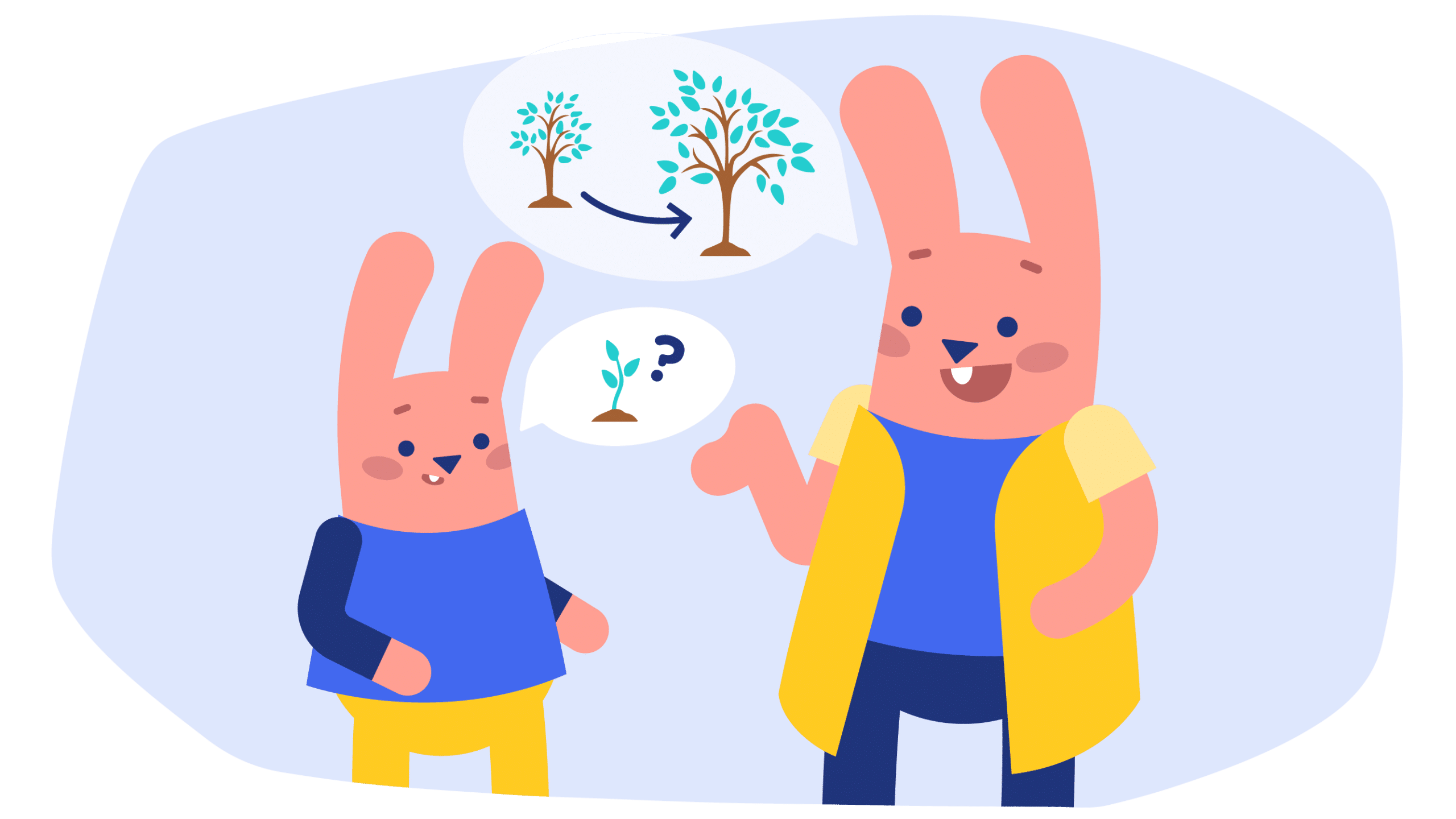
Most well-known stories originate from mythology and folklore of different cultures, and thus teach about cultural differences and aspects, history and values of the target language.
Idiosyncrasies of different languages are visible through expressions and even at the level of words which can be more easily understood through storytelling and narratives.
Did you know that the words ‘silly’, ‘awkward’ or ‘cool’ as an expression of approval only exist in English?
Do your students know how to use these words?
This is part of their cultural competence and intercultural communication skills. Without the cultural background and idiosyncrasies of cultures, languages cannot be transmitted fully. Knowing and understanding cultural aspects of the target culture is therefore essential in learning.
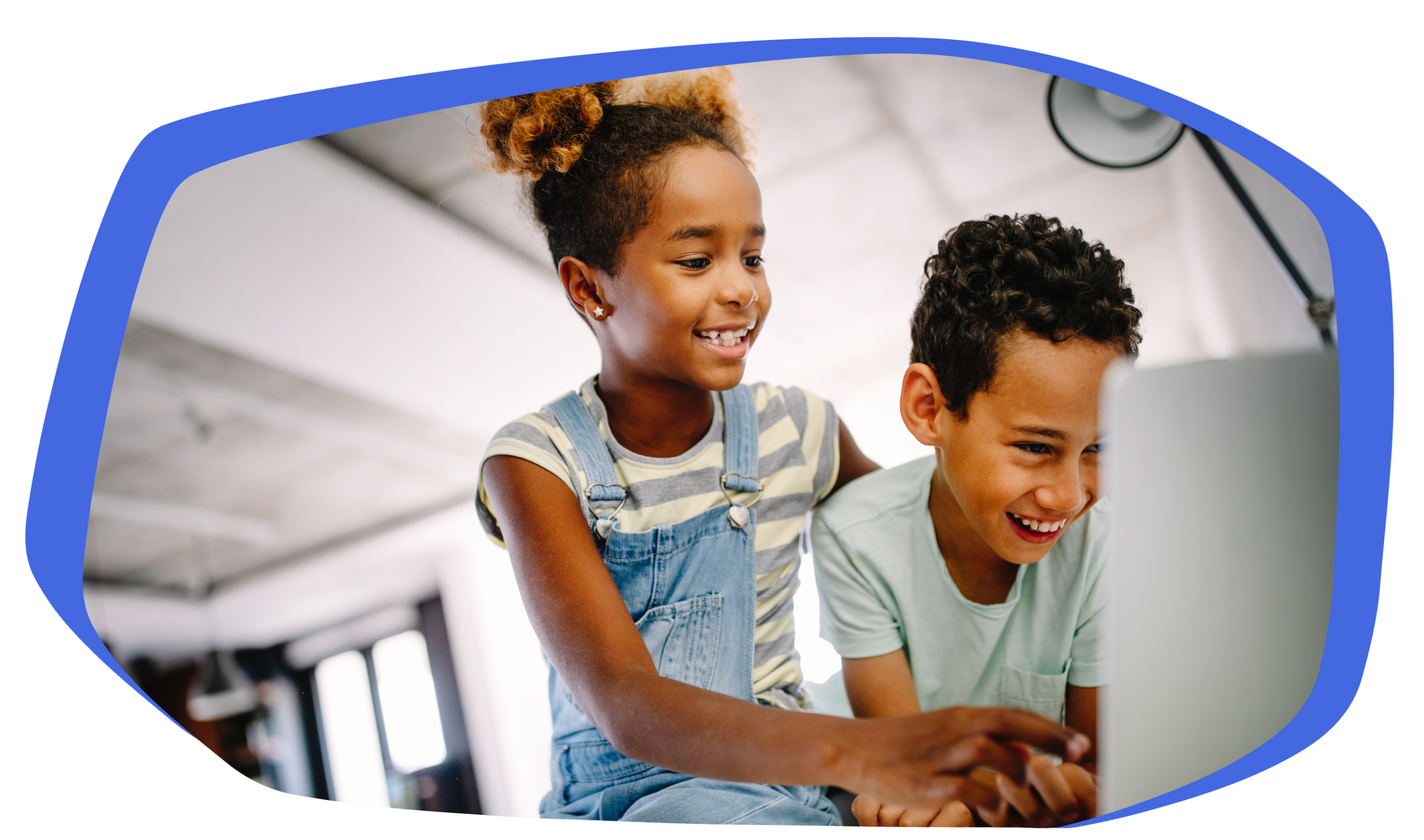
What is more, through stories, students can learn about themselves, formulate personal opinions, analyse and judge the characters and situations.
Through stories, students can become more empathetic, open-minded, critical or even more humorous. These qualities are necessary soft skills which are all related to emotional intelligence and global citizenship.
Stories enable differentiation in and beyond the classroom
Advantages of the storytelling method include not only flexibility as a teaching material, but also that it can be easily tailored to age, level, pace and individual needs. It mainly depends on the teacher’s choice of story, method and activities used in storytelling.
Whether a classroom lesson, or books assigned as homework, differentiation is easily possible by choosing the convenient topic, complexity and length of the story for the students.
The depth of analysis depends on the teacher: if they want to study sentences, practice intonation and pronunciation, improve reading comprehension or simply read for fun for extra input and motivation.
On the other hand, students can also benefit from this flexibility and freedom: they can interpret a story in different ways, they can relate to it or criticise it the way they like: a huge variety of language output is possible with the help of stories.
Stories make factual knowledge more accessible
Content and language integrated learning exploits the complexity of language learning, skills development and information content. A story about Benjamin Franklin’s inventions and aspirations brings history closer to students.
They gain knowledge of the era, the lifestyle of people, American history and the personality of Benjamin Franklin.
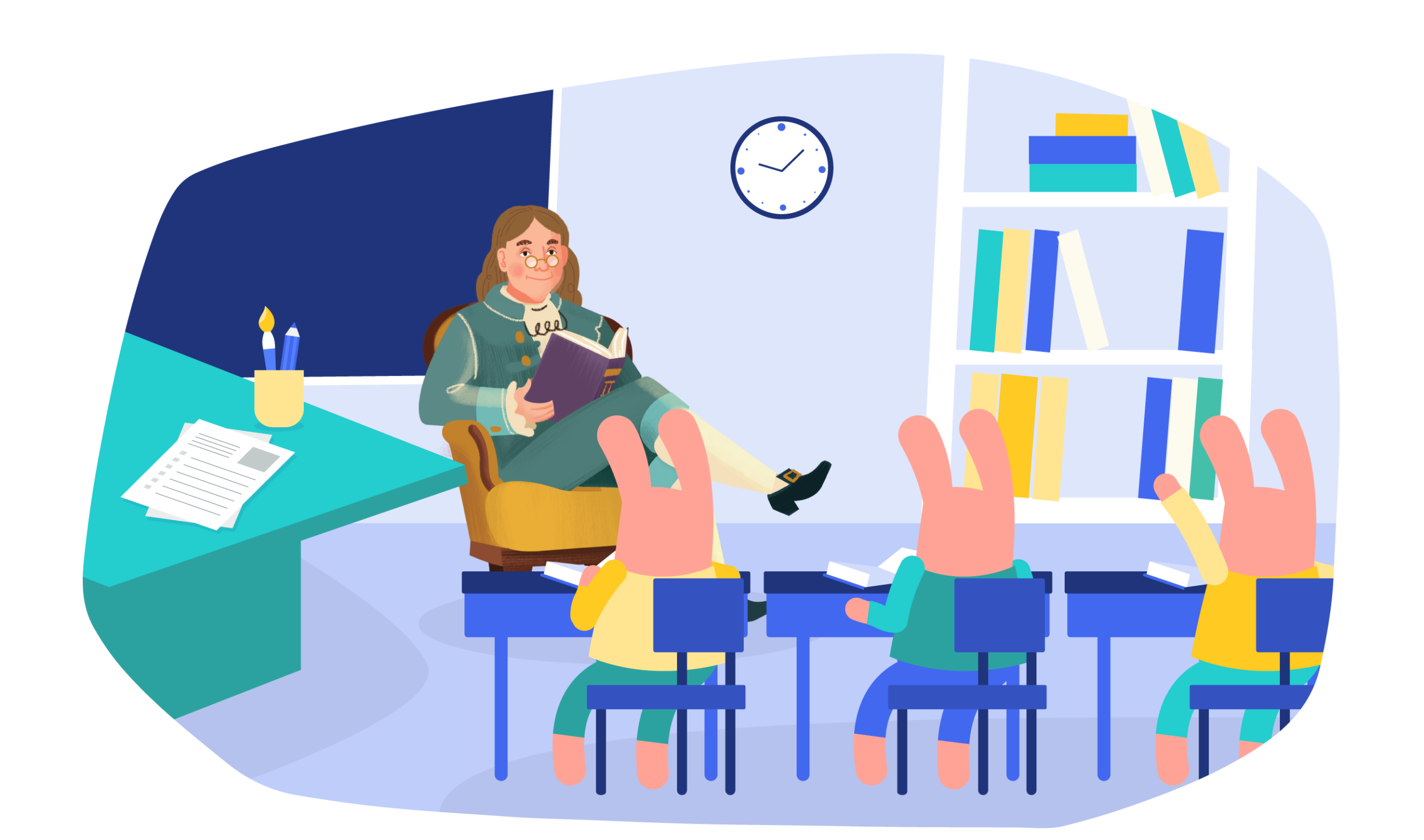
At the same time, they are provided with the opportunity to learn expressions related to physics and politics among others. It can be an introduction to a history or science lesson or even assigned homework after discussing some of the content of the digital interactive book in class.
Check out the digital interactive book of The Genius Benjamin Franklin.
Types of storytelling methods
Incorporating storytelling into education can take various forms to cater to diverse learning styles and objectives. Here are some popular methods:
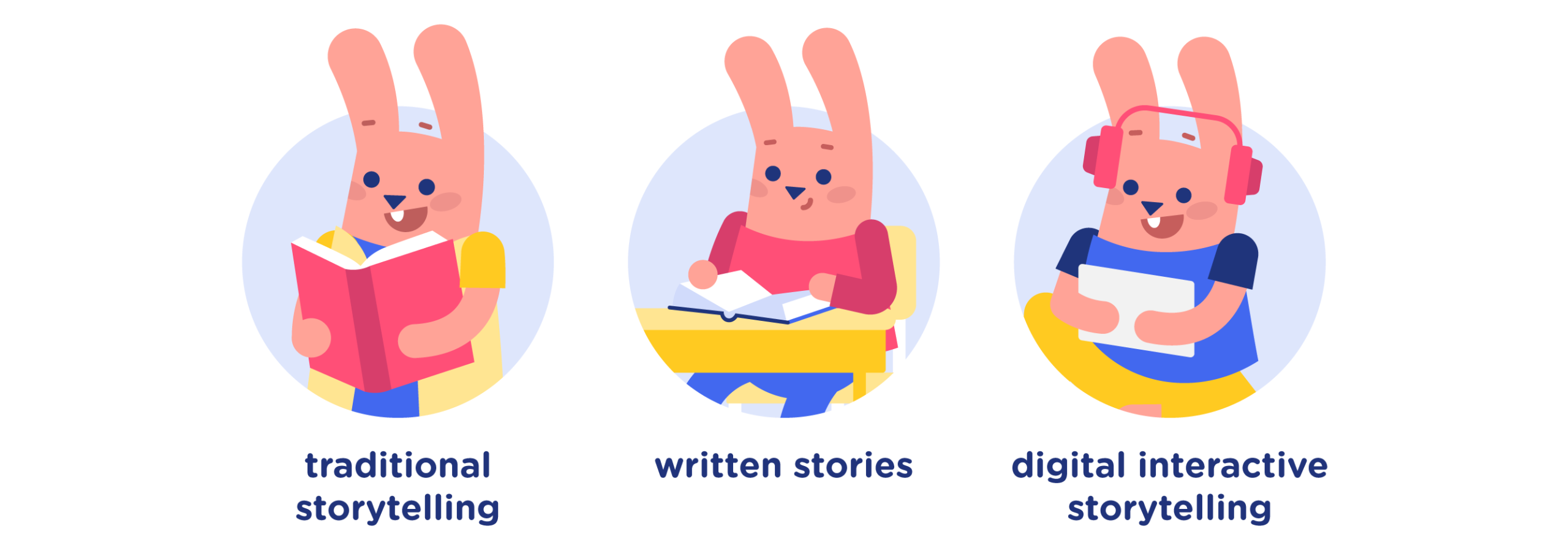
This classic approach involves teachers or storytellers orally presenting tales to the students. It relies on verbal communication, intonation, and gestures to engage learners.
Traditional storytelling can be particularly effective in enhancing listening comprehension and capturing the essence of oral traditions.
Using written narratives, whether in printed books, e-books, or online resources, allows students to engage with stories independently. It promotes reading comprehension, vocabulary expansion, and encourages self-paced learning.
Leveraging technology, digital interactive storybooks and applications like BOOKR Class provide a multimedia experience. They often include audio narration, animations, and interactive elements to make the learning process engaging and immersive. This method can be especially appealing to tech-savvy students.

Encouraging students to act out stories or take on character roles not only promotes language skills but also boosts creativity and confidence.
Role-playing and drama help students immerse themselves in the narrative, enhancing their emotional connection to the content.
Teachers can assign projects that require students to create their own stories, incorporating language elements they’ve learned. This method fosters creativity, reinforces language skills, and encourages collaborative learning.
Focusing on stories from different cultures exposes students to diverse worldviews and promotes cultural understanding. It can be a powerful tool for teaching both language and global citizenship.
Combining storytelling with visual arts allows students to express their understanding of narratives through drawings, paintings, or multimedia presentations. This method nurtures artistic expression and language skills simultaneously.
Choosing the most suitable storytelling method depends on the educational goals, student preferences, and the resources available. By incorporating a variety of these approaches, educators can create a rich and dynamic learning experience that caters to the needs of all learners, including those who can benefit from interactive platforms like BOOKR Class.
